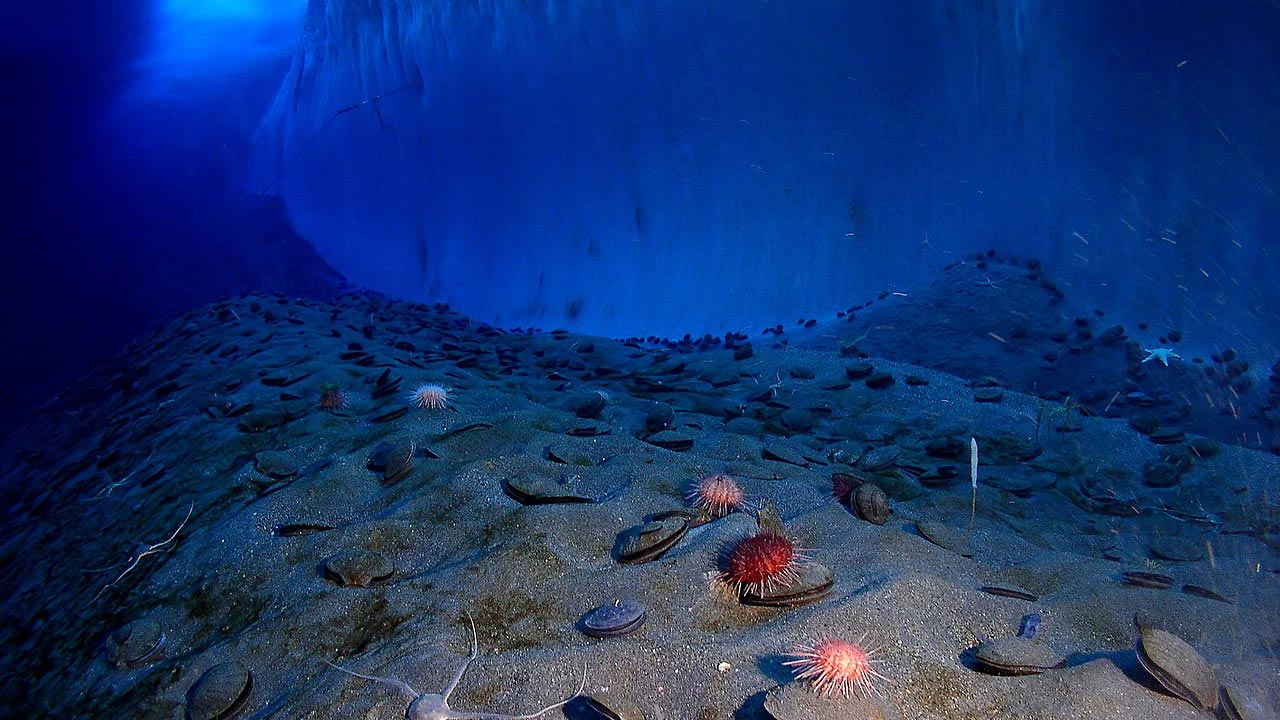Rhodopsins as an alternative to photosynthesis
Diatoms have developed a way to grow successfully even in nutrient-poor marine regions.

For numerous species of living organisms, the climate crisis will lead to environmental conditions that they will not be able to survive. Microalgae could fare differently, as a study by GEOMAR Helmholtz Centre for Ocean Research Kiel, the University of Würzburg and the University of East Anglia (UEA) has now shown. According to the study, the unicellular organisms can adapt to nutrient deficiencies, such as those to be expected in warming seas, with the help of a light-driven proton pump.
Rhodopsin acts as a proton pump
In the journal Nature Microbiology, the research team reports that they have studied so-called phytoplankton, essentially microalgae. Normally, algae need a lot of iron to be able to use sunlight, but this is scarce in nutrient-poor regions of the oceans. A good third of the ocean surface has too little iron to support algae growth. In the case of diatoms, however, the researchers discovered that the microorganisms have developed a special mechanism to obtain energy for their metabolism from sunlight without the need for iron.
Instead of the usual photosynthesis, they use a protein called rhodopsin, related to the one found in the human eye. Certain rhodopsins can pump protons through the cell membrane, enabling the cell to produce the molecule ATP. ATP is the universal energy carrier of all cells and also one of the main products of photosynthesis.
Climate resilient bottom of the food chain
Studies of the rhodopsins of diatoms revealed that these proteins function effectively even in the cold Southern Ocean. "Thanks to the light-driven proton pump, these algae can thrive better than expected in nutrient-poor surface seas," Thomas Mock reports. The fact that, with climate change, less and less nutrients reach the surface from the depths, thus, has no consequences for diatoms.
This process is all the more important for ecosystems and climate: microalgae form the basis of the entire marine food web, from krill to fish to penguins and whales. If the population of microalgae were to decline drastically as a result of the climate crisis, this would have massive consequences for life in the oceans. Moreover, algae extract carbon dioxide from the atmosphere in order to build up their biomass from the carbon it contains.
Possible applications in biotechnology
It would now also be conceivable to decode this new process of energy generation genetically in detail and then transfer it to microbial cell factories. "This machinery can be used in biotechnology to increase the productivity of microbes that cannot use light, such as yeast," explains Mock. This would apply, among other things, to the production of insulin and antibiotics, but also biofuels and enzymes for industrial processes.
bl


